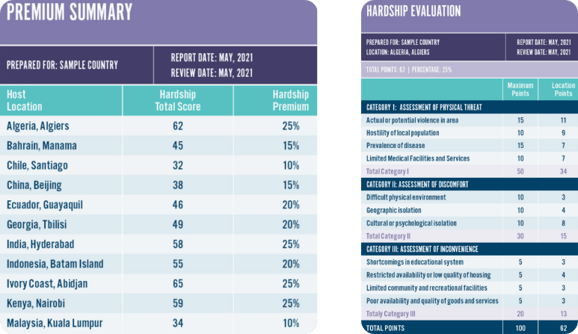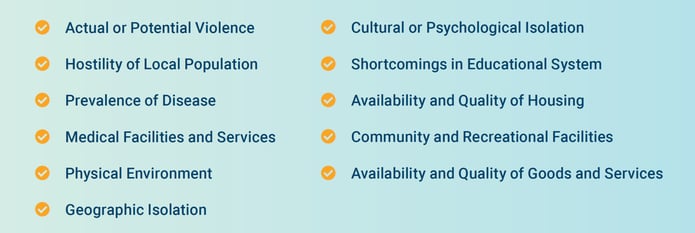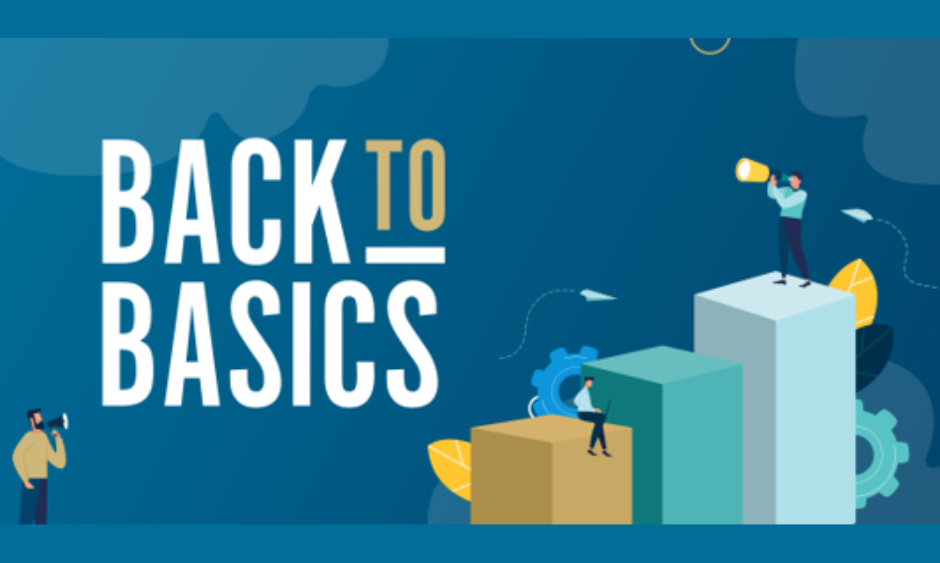Not all assignment locations are the same. A hardship allowance allows you to recognize living conditions and to acknowledge the challenges your employees face in designated locations.
Various terms for the allowance are used by global mobility, such as Hardship Premium, Location Allowance, Difficult Location Premium, and Remote Location Allowance.
Explore the related resources below to dive deeper into insights from a recent webinar and our blogs, including "Do you want to consider the home country of the assignee when paying a hardship allowance?".
How is the Hardship Allowance Determined?
In some assignment locations, expatriates will face difficult living and working conditions as compared to their home country. These difficulties may come from a variety of factors – crime, inadequate medical care, climate, traffic, pollution, and cultural and other living difficulties. AIRINC assesses the relative difficulty of living in the assignment location compared to the assignee’s home country. If conditions in the assignment locations are significantly more difficult than at home, a location allowance (hardship) payment will be made. The payment is determined as percent of salary and can vary from 0 to 30% in 5% increments. The location allowance percent is applied to salary up to a maximum salary of USD 175,000 or home country equivalent.
Location Allowance percentages are reviewed once a year – the percent may increase or decrease throughout an assignment if conditions change in the assignment location.
Your Hardship Options
- Each location is evaluated for a total possible score of 0-100 points. These points are translated into a percentage using a hardship allowance scale. Higher points translate into a higher percent recommendation to apply to the employee’s salary.
- You can choose the standard AIRINC scale starting at 0% and increasing to 30% maximum in 5% increments. Or you can choose a configured scale with different maximums or increments

Changes in Hardship
How You Access Hardship Allowances

Ordering and Allowance Delivery
Allowance Delivery: Detailed hardship evaluations can be accessed on-line through our portal AIRLINC. Recommended hardship percentages can also be integrated through API connections or the format required by your technology system.
How we calculate Hardship Allowances
- AIRINC on-site research
- Interviews with expatriate personnel
- AIRINC in-house research of published sources including United States State Department Foreign Commonwealth and Development Office, Bureau of Labor Statistics, iJet, The Center for Disease Control, The World Health Organization, International SOS, INTERPOL, BBC, CNN, and Reuters
Related Resources
Subscribe to our blog to stay updated on changes around the world that impact Global Mobility.










%20(84).png)

